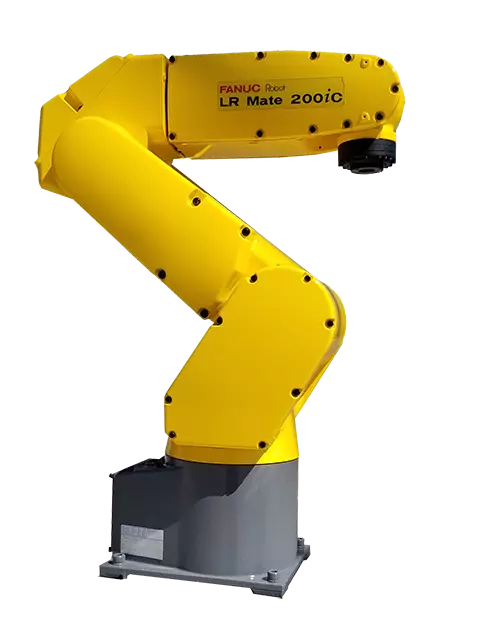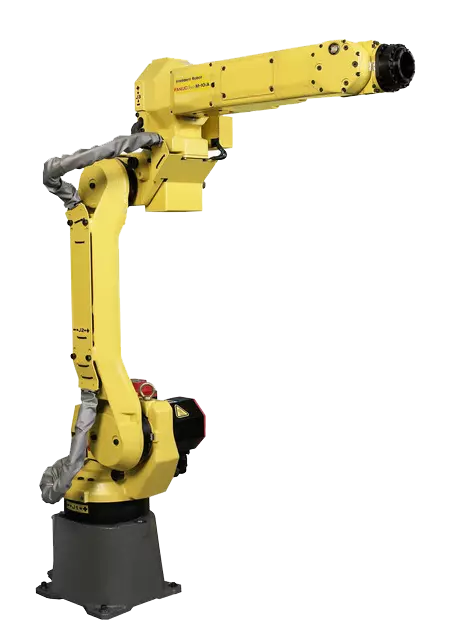Robots Done Right |
Used Robot Sales |

Sorting Robots

The process of sorting is essential to manufacturing. It involves the arranging of items systematically by either order or categorizing by identifying similarities between items. Sorting was once a strictly manual process as it was viewed as being too complex for automation. However, the advancement of robotic technology has led to industrial robots becoming masters of traditional human processes, including sorting. Sorting is being automated by robots such as the ABB IRB 140 across numerous manufacturing lines. The food, pharmaceutical, waste, warehousing, and logistics industries are just some of the industries that have adopted sorting robots.
For the automation of sorting applications industrial robots are integrated with a combination of artificial intelligence and robotic vision to be able to locate, identify, and pick out items. Industrial robots used for sorting will typically be fitted with a robotic gripper to be able to pick up items and place them into groups during sorting. Depending upon the type of items being sorted, robots may be integrated with a vacuum or parallel gripper.
In the waste industry, sorting robots have been a welcomed addition to combat severe worker shortages due to the dull, dirty, and hazardous line of work. Industrial robots are used to identify and sort recyclable items from waste using artificial intelligence and vision. AI allows robots to detect waste chemical composition and shape recognition to sort through waste for items that can be recycled like glass and plastic. The FANUC LR Mate 200iD is one example of a robot that has been deployed by waste companies for the automation of sorting recyclables. The LR Mate 200iD is integrated with a gripper designed to handle the harsh conditions of waste sorting. Recyclable items are sorted quickly, accurately, and safely.
Other FANUC robots that have been designed for robotic sorting include those from their speedy spider robot series. The FANUC M-1iA can be integrated with their iRVision in order to categorize and sort items into groups of identical characteristics. For instance, the M-1iA has been used in the food industry to sort candies by color. Using vision, it identifies candies of matching colors and with remarkable speed sorts the candies by color into jars. FANUC’s spider robots are capable of coordinating their vision with their arm movements to sort and pick loose parts moving along a conveyor during manufacturing.
Sorting robots are also helping companies fulfill orders more quickly across numerous warehouses. Industrial robots deployed for sorting are automating packaging shipments with their sorting skills. They can comb through bins of products, identify specific items, and sort those items for shipping. Sorting robots have helped many companies cut down on shipping time for consumers as well as keep up with high product demands.
Contact us by email mm@robotsdoneright.com or phone (440) 724-6568 today to discuss buying or selling a sorting robot.